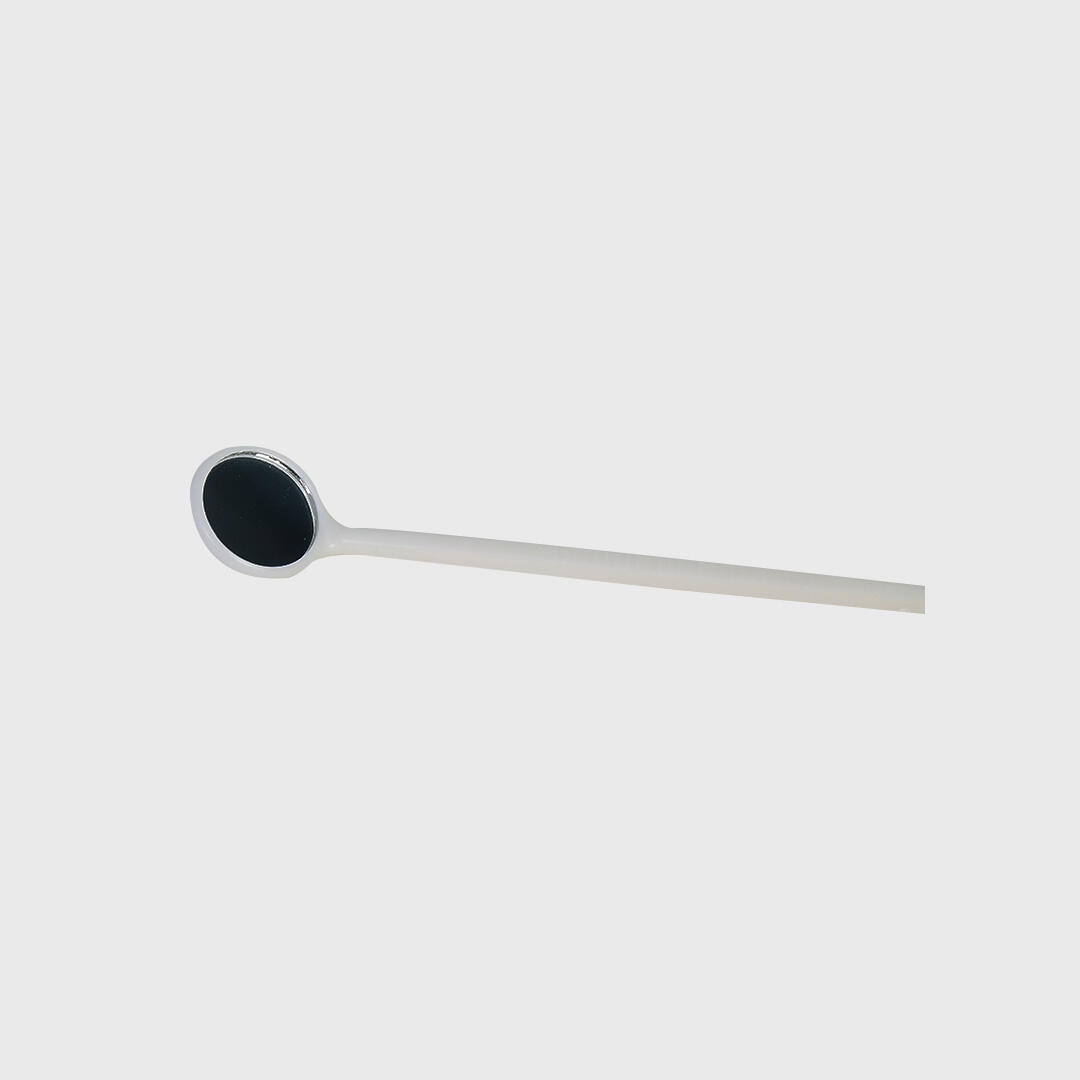What Is a Needle File and How Is It Used in Dentistry?
Introduction to Needle Files
A needle file is a small, precision hand tool designed for delicate shaping, smoothing, and finishing work. While commonly used in jewelry making, watch repair, and fine metalwork, it also has important applications in dentistry. Dental professionals rely on specialized forms of the needle file to perform detailed work in root canal therapy, cavity preparation, and restorative procedures. The size, shape, and fine cutting edges of the tool allow dentists to reach small, intricate spaces that larger instruments cannot access. Understanding what a needle file is, how it is constructed, and how it is applied in dental procedures is essential for appreciating its role in modern oral care.
What Is a Needle File?
Definition
A needle file is a miniature file tool with a thin, tapered profile, usually measuring between 100 mm and 200 mm in length. It is made of hardened steel and features a cross-cut or single-cut surface along its working area. The tool derives its name from its resemblance to a sewing needle due to its slim size and elongated design.
General Characteristics
Needle files are available in various shapes, including flat, round, triangular, square, and half-round, each suited for different filing tasks. They are designed to remove small amounts of material precisely, making them ideal for detailed finishing work. Their handles are typically knurled or fitted with grips to allow secure control during use.
Use Beyond Dentistry
Outside dentistry, needle files are employed in precision engineering, instrument making, and model building. Their primary appeal lies in their ability to refine and shape hard-to-reach areas with accuracy.
Specialized Needle Files in Dentistry
Endodontic Needle Files
In dentistry, the term needle file often refers to endodontic instruments used during root canal treatments. These files, also known as root canal files, are small, tapered, flexible tools designed to clean and shape the root canal system. Unlike general-purpose needle files, they are made with specific alloys such as stainless steel or nickel-titanium, allowing them to navigate curved canals without breaking.

Standard Needle Files
Some dental laboratories also use traditional needle files for shaping dental appliances, adjusting metal frameworks, or refining orthodontic components. These files are similar to the general industrial versions but may be smaller and more specialized.
How Needle Files Are Used in Dentistry
Root Canal Therapy
One of the most important uses of a needle file in dentistry is in endodontics. During root canal therapy, the dentist must remove infected pulp tissue from within the tooth’s root canal system. The needle file is inserted into the canal to scrape, clean, and enlarge the internal passageways. By doing so, the dentist ensures that the canal is properly shaped for irrigation, disinfection, and eventual filling with a biocompatible material.
Cleaning and Shaping Canals
The needle file’s primary role in root canal therapy is cleaning and shaping. It removes debris, bacteria, and necrotic tissue while enlarging the canal to a suitable size and taper. This process is critical because it ensures that the canal can be thoroughly disinfected and sealed, preventing reinfection.
Adjusting Dental Appliances
In dental laboratories, needle files are sometimes used to refine the edges of crowns, bridges, dentures, and orthodontic appliances. Their precision allows technicians to smooth rough edges, fit components accurately, and ensure patient comfort.
Orthodontics and Restorative Work
Needle files may also be applied in orthodontics and restorative dentistry when small adjustments to metal components or fillings are needed. Their slim design allows precise control in delicate spaces within the oral cavity.
Materials and Construction of Dental Needle Files
Stainless Steel Needle Files
Stainless steel needle files are strong and durable, making them effective for straight canals and tougher applications. They are less flexible than other alloys, which can make them more prone to breakage in curved canals if not used carefully.
Nickel-Titanium Needle Files
Nickel-titanium (NiTi) needle files are more flexible and resistant to fatigue. They are particularly useful in negotiating curved or narrow root canals where stainless steel files may be at risk of binding or breaking. Their elasticity allows them to return to their original shape after bending, which is critical for patient safety and treatment success.
Handle Designs
Dental needle files typically feature color-coded handles that indicate their size and taper. This standardization helps dentists quickly identify the correct file during a procedure. The handles are ergonomically designed for precision and comfort during repeated use.
Benefits of Using Needle Files in Dentistry
Precision and Control
Needle files provide dentists with the fine control necessary to navigate complex canal systems and delicate dental structures.
Effective Cleaning
By scraping and enlarging canals, needle files ensure thorough removal of debris and infected material, which is crucial for successful root canal outcomes.
Versatility
Needle files are used not only in clinical procedures but also in dental laboratories for appliance adjustment, making them versatile tools in dentistry.
Compatibility with Modern Systems
Needle files are compatible with both manual and rotary endodontic systems, allowing flexibility in treatment approaches depending on the case.
Challenges and Limitations
Risk of File Breakage
Because of their slim design, needle files can fracture inside the canal if misused. This complication requires additional procedures to retrieve or bypass the broken instrument.
Learning Curve
Proper use of needle files requires skill and training. Inexperienced use may lead to canal transportation, perforation, or inadequate cleaning.
Patient Sensitivity
If used incorrectly, needle files may cause discomfort or damage to surrounding tissues, underscoring the importance of professional handling.
Advances in Needle File Technology
Rotary and Reciprocating Systems
Modern endodontics has seen the development of rotary and reciprocating systems that automate the function of needle files. These systems improve efficiency, reduce operator fatigue, and enhance consistency in canal preparation.
Heat-Treated NiTi Files
Advances in metallurgy have led to heat-treated nickel-titanium needle files, which offer even greater flexibility, resistance to fatigue, and safety during complex procedures.
Single-Use Files
To reduce cross-contamination and maintain sharpness, many dental professionals now use single-use needle files. This ensures patient safety while enhancing procedural efficiency.
Conclusion
The needle file is a vital tool in both general dentistry and dental laboratories. In endodontics, it plays a crucial role in cleaning and shaping root canals, ensuring the success of root canal therapy. Its construction, whether from stainless steel or nickel-titanium, is designed for precision, flexibility, and durability. Beyond root canal procedures, the needle file is useful in orthodontics, restorative work, and dental appliance adjustments. With modern innovations such as rotary systems and heat-treated alloys, the effectiveness and safety of needle files continue to improve. For both dentists and dental technicians, understanding the proper use and maintenance of needle files is essential to achieving the highest standards of care and patient outcomes.
FAQ
What is a needle file in dentistry?
It is a small, tapered instrument used primarily in root canal therapy to clean and shape the root canal system.
Are dental needle files different from regular needle files?
Yes, dental versions are specifically designed for clinical use, often made from stainless steel or nickel-titanium, with color-coded handles for easy identification.
How are needle files used in root canal treatment?
They are inserted into the canal to remove infected tissue, shape the canal, and prepare it for disinfection and filling.
What is the advantage of nickel-titanium needle files?
Nickel-titanium files are more flexible and resistant to fatigue, making them safer and more effective in curved root canals.
Can needle files break during use?
Yes, due to their thin design, they can fracture if not used properly. Careful technique and the right choice of file material help reduce this risk.
Are needle files reusable?
Some are reusable if properly sterilized, but many practitioners prefer single-use files to maintain sharpness and reduce infection risk.
Do needle files cause pain for patients?
When used correctly, they do not cause pain. Discomfort may occur if infection is present, but anesthesia and careful technique minimize this.
How do modern rotary systems relate to needle files?
Rotary and reciprocating systems automate the motion of needle files, making root canal treatment faster and more consistent.
What sizes do needle files come in?
They are available in standardized sizes and tapers, with color-coded handles to indicate their dimensions.
Why are needle files important in dentistry?
They ensure thorough cleaning, shaping, and preparation of root canals, directly contributing to the success of endodontic treatments.
Table of Contents
- What Is a Needle File and How Is It Used in Dentistry?
- Introduction to Needle Files
- What Is a Needle File?
- Specialized Needle Files in Dentistry
- How Needle Files Are Used in Dentistry
- Materials and Construction of Dental Needle Files
- Benefits of Using Needle Files in Dentistry
- Challenges and Limitations
- Advances in Needle File Technology
- Conclusion
-
FAQ
- What is a needle file in dentistry?
- Are dental needle files different from regular needle files?
- How are needle files used in root canal treatment?
- What is the advantage of nickel-titanium needle files?
- Can needle files break during use?
- Are needle files reusable?
- Do needle files cause pain for patients?
- How do modern rotary systems relate to needle files?
- What sizes do needle files come in?
- Why are needle files important in dentistry?

